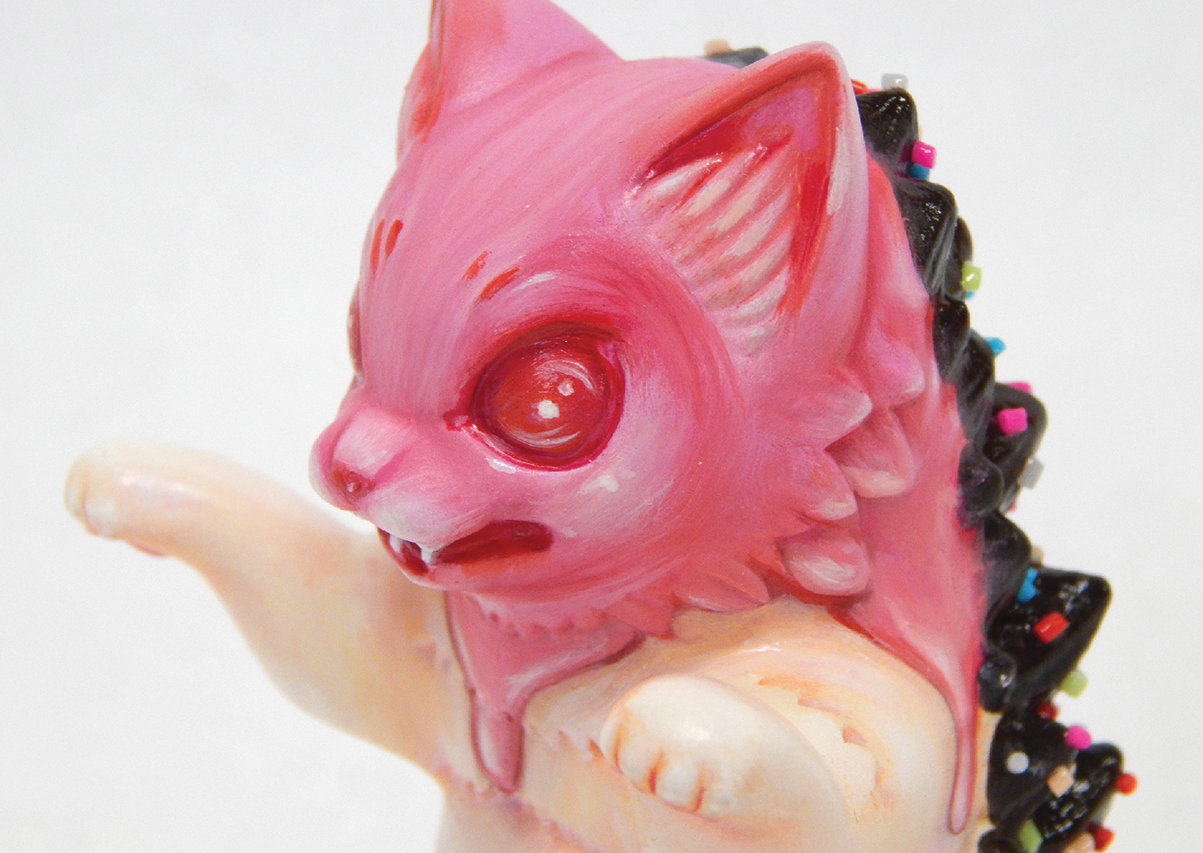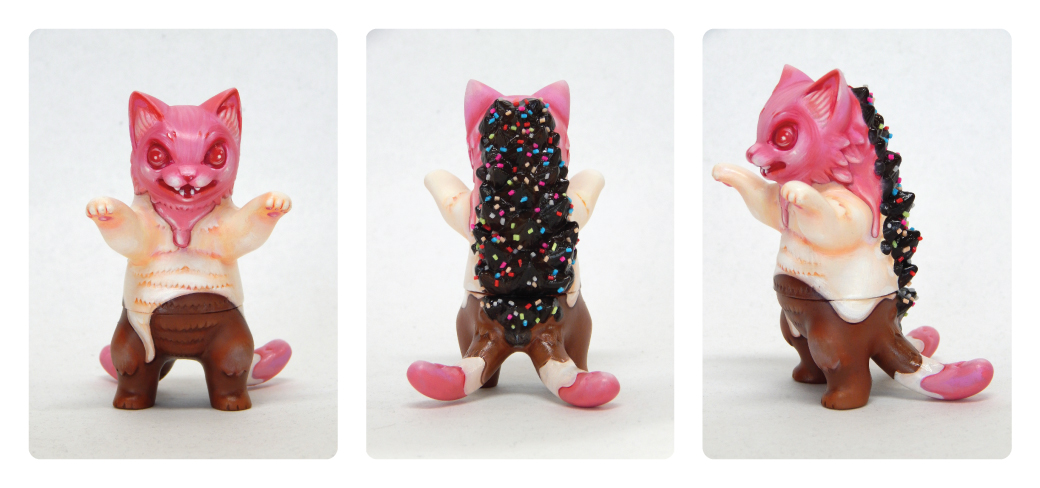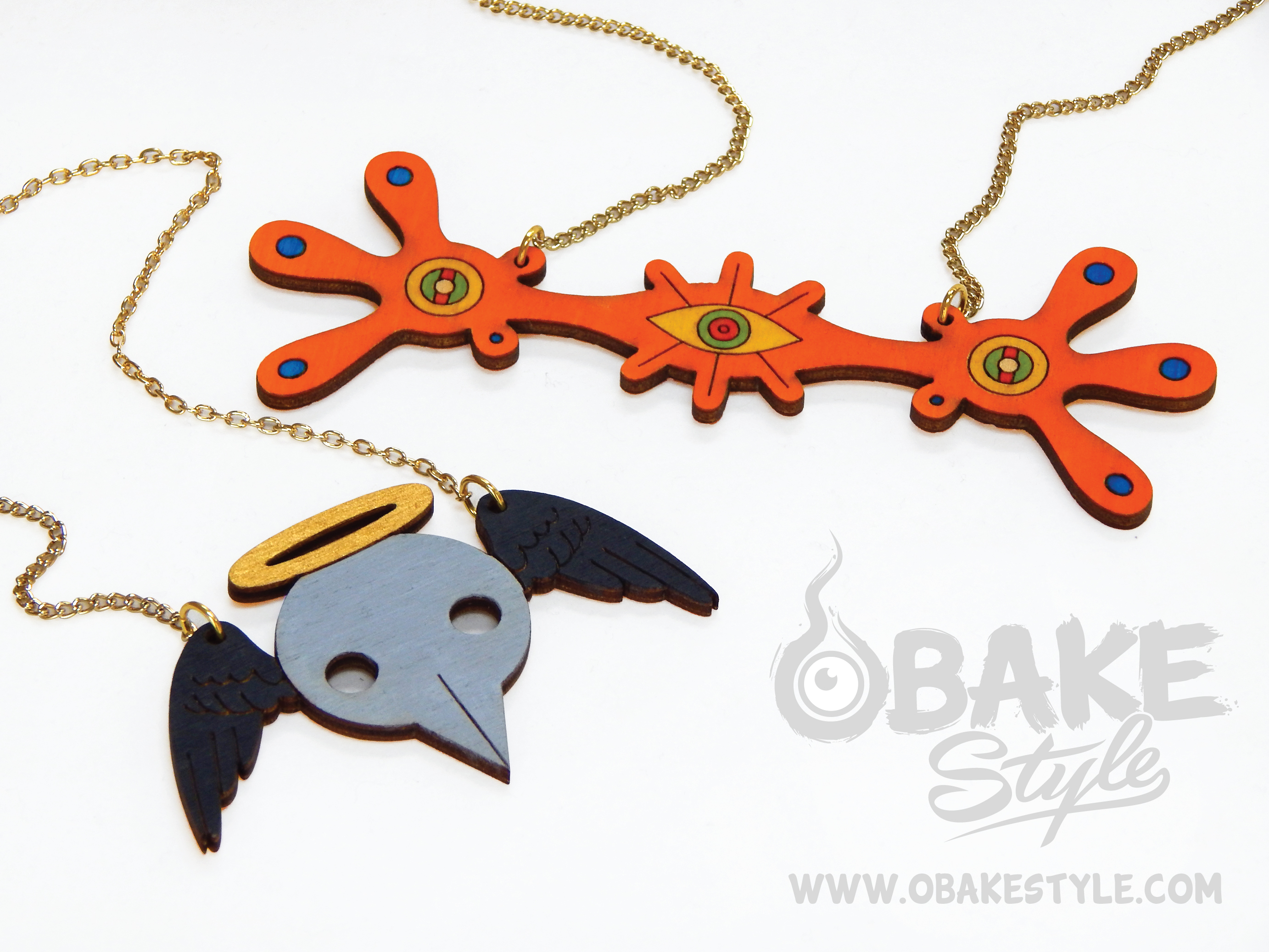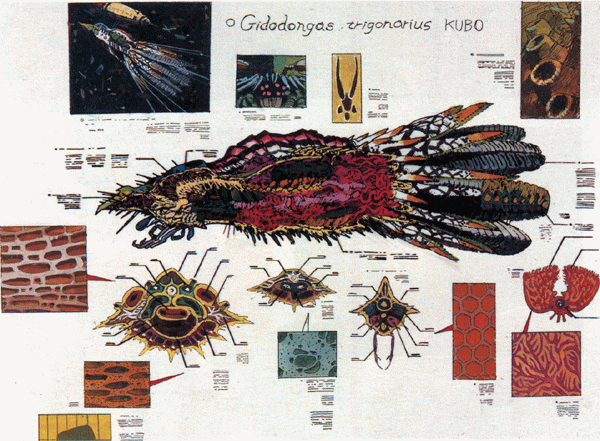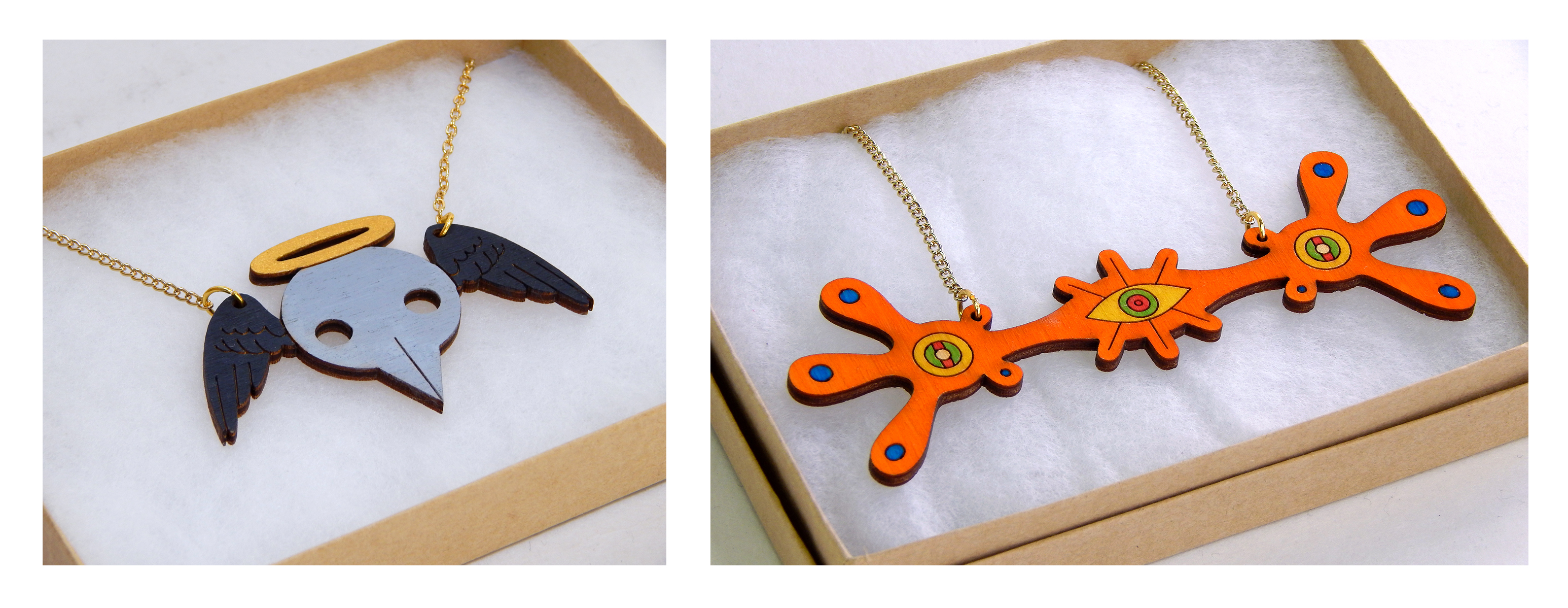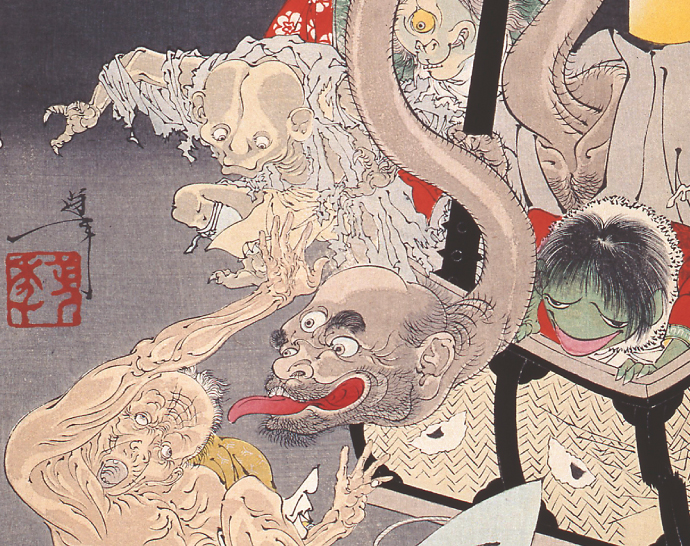
Bakemono and its cuter form obake can refer to a variety of monsters found in Japanese folklore. Both names translate as “changing thing” because they were originally applied to creatures that were said to possess the power of transformation. These include ordinary animals like cats, badgers, and foxes, but it also refers to a number of face-changing humanoid monsters like the Nopperabo. The term gradually became applied to all manner of Japanese goblins, whatever their changing ability.
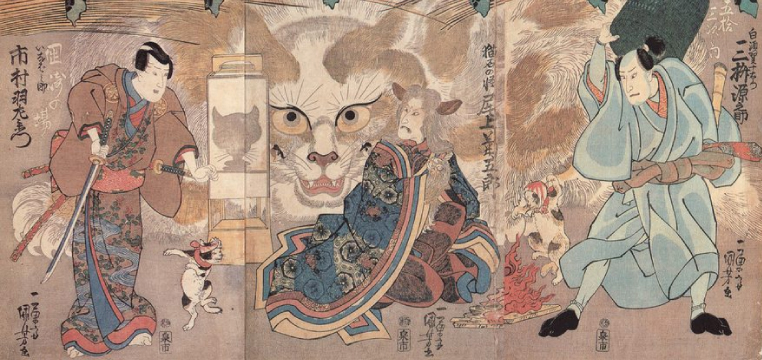
The horror of Japan: dancing cats.
One of the most popular categories of obake is the Tsukumogami, or “spirit of the tool” (it actually translates as “old woman hair” and no one’s totally sure how it became applied to tool spirits). In Shinto, the shamanistic folk religion of Japan, inanimate things can have souls. Rivers, mountains, and old trees are some of the most common. If a tool faithfully serves its human masters for 100 years, it can be imbued with a soul.
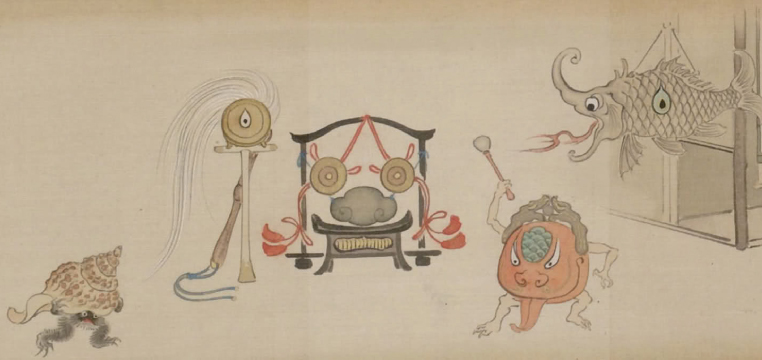
Monks are known for being careless with material possessions.
These enlightened tools awaken as a tsukumogami when they’re carelessly thrown away. They come back to tease and torment their former owners, presumably to teach them a lesson, although most of the stories simply end with the owner frightened out of their wits. By the 9th c., it had become such a pervading idea throughout Japanese culture that it had been syncretically adopted into esoteric Buddhism.
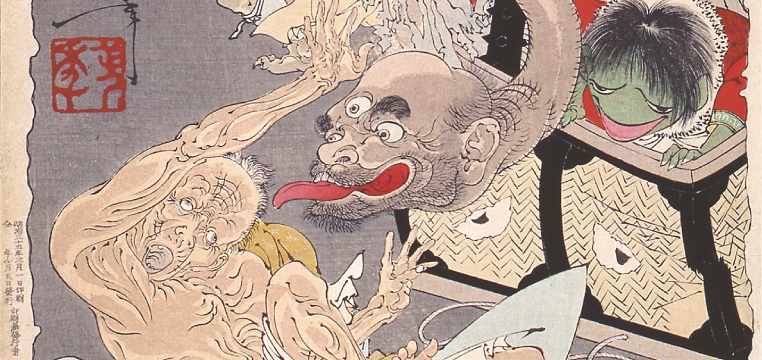
This old man will never forget to clean out his laundry hamper ever again.
Some obake have achieved national recognition, but many more are considered regional monsters, usually confined within a province or two. You can occasionally see them used as mascots or incorporated into the emblems of regional tourism boards.
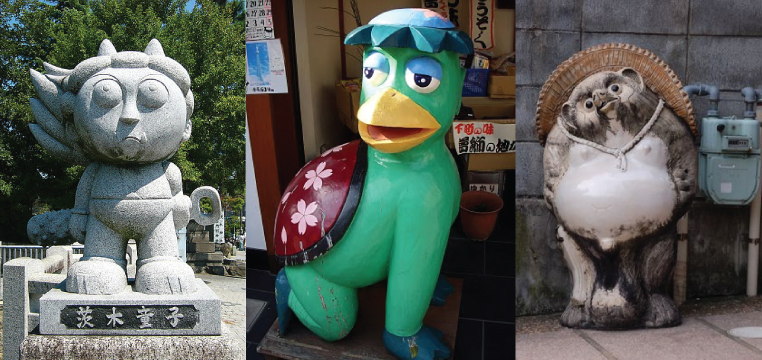
These are actually the three least interesting company mascots in Japan.
